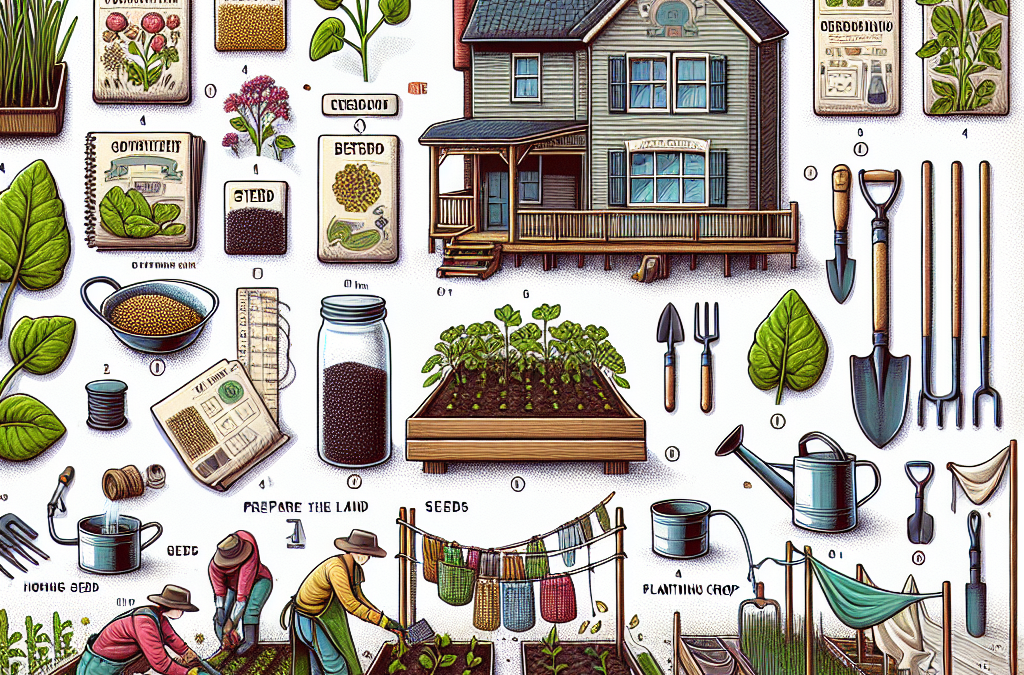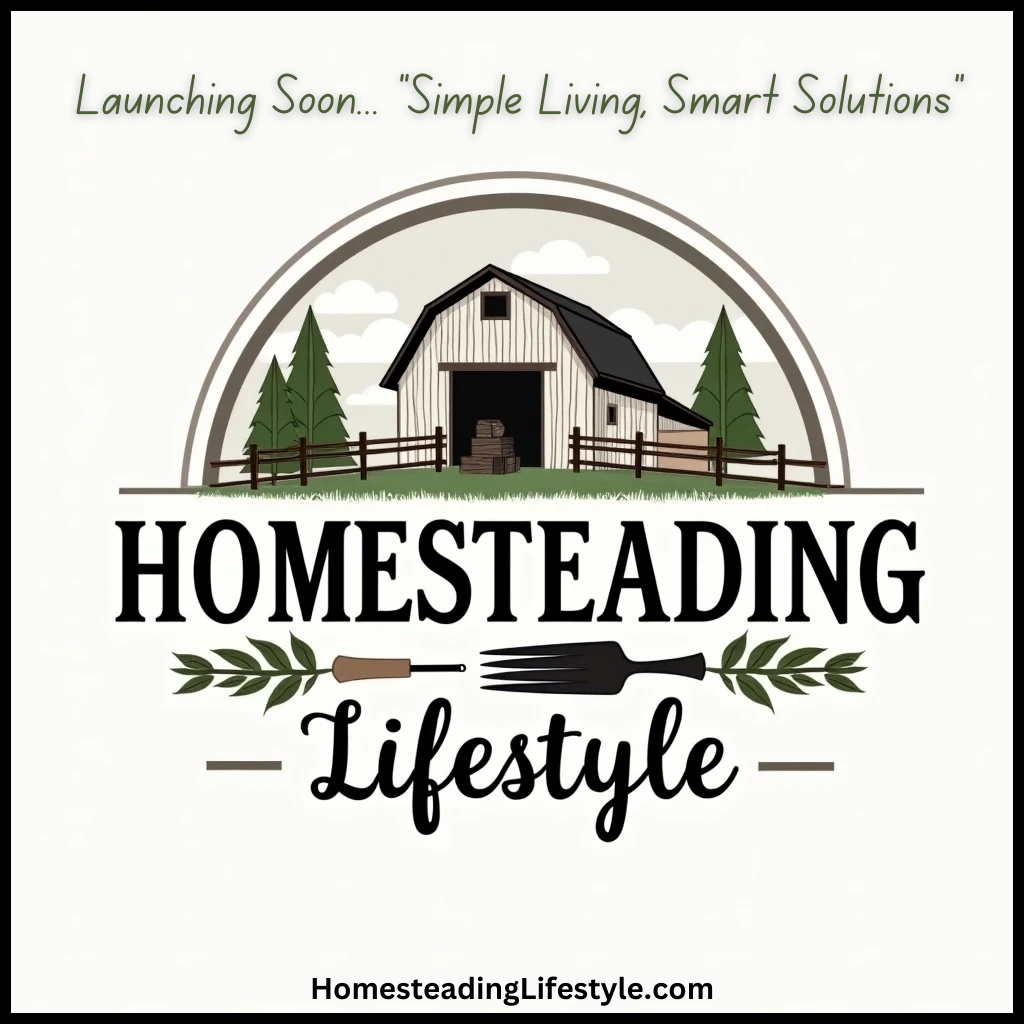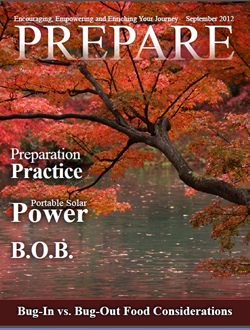1. Finding the Right Space
Assessing Your Yard
Alright, let’s start with the space you have. Grab a notepad and walk around your yard. It doesn’t have to be big; even a small balcony can be transformed into a delightful mini-farm. Look for areas that get plenty of sunlight during the day since most plants love their sunbaths!
Take note of any shaded areas too, because not all plants are sun-worshippers. Some actually prefer the cool comfort of shade. Think about your yard’s layout and where you could see yourself getting your hands dirty. Having a dedicated spot really helps create a farming mindset.
Don’t forget to check the soil quality! Dig a little and see if it’s rich and dark or sandy and dry. This will help you decide if you need to amend the soil later with compost or fertilizers. It’s all about that good foundation for your plants!
Choose Container or In-Ground Gardening
Now that you’ve got your space sorted, let’s think about how you want to grow those plants. If you’re limited on space, container gardening can be a fab option. You can grow everything from herbs in small pots to veggies in larger containers. Plus, you can move them around if you need to!
If you’re feeling adventurous and have some garden space, digging into in-ground gardening allows for more diversity and space for plants to grow. You can also plant perennials which come back every year, scoring you some long-term crops.
Keep in mind the drainage factors too—containers need good drainage holes, while in-ground gardening might need some prep work to ensure water doesn’t pool and drown your plants. Whatever method you choose, both can be super rewarding!
Local Climate Considerations
Your local climate plays a huge role in your home farming adventure. Before picking out seeds, look into what grows best in your area. Are you in a colder climate? Focus on cold-hardy crops like kale or carrots. If you’re in a warmer zone, think about tomatoes and peppers.
Seasonal changes are also crucial; some plants need to be started indoors before the last frost date. Invest in a simple gardening calendar so you’ll know when to plant what. It’s like your gardening cheat sheet!
And don’t forget to consider weather patterns—if you get a lot of rain, you might need to plan on raised beds for better drainage. Understanding your climate sets you up for success, and prevents you from planting things that just won’t make it.
2. Selecting the Right Plants
What to Grow
Choosing your plants is perhaps the most exciting part! Start with what you and your family love to eat. Nothing beats the taste of homegrown tomatoes or fresh basil in your pasta dishes! Make a list of your favorite herbs, vegetables, or fruits and prioritize those.
A good rule of thumb is to pick a variety of plants. Some fast-growing crops like radishes and lettuce can give you quick wins, while slower plants like butternut squash will take their time. Mixing it up keeps things exciting and ensures you have a steady harvest throughout the season.
Don’t be shy about experimenting! Try out a few new varieties and see what you can grow. Farmers often learn through trial and error, and who knows, you might discover a new favorite veggie!
Seeds vs. Seedlings
Deciding whether to start with seeds or seedlings can be a big one. Seeds are usually cheaper, and there’s something magical about watching them grow from the very beginning. However, starting with seedlings can give you a head start, especially if you’re in a shorter growing season.
I’ve found that starting indoors with seeds can be a bit challenging but also rewarding. If you decide to go this route, make sure to provide adequate light and warmth. When they’re ready to go outside, hardening them off to adapt to the outside world is crucial.
If you’re overwhelmed, starting with seedlings from a local nursery can be a lifesaver. They’re already on their way and less vulnerable to early mishaps. It’s all about what you feel comfortable with!
Plant Compatibility
Another important aspect is companion planting. Some plants thrive next to each other, while others can actually harm one another. For example, tomatoes and basil are great buddies, while cucumbers and tomatoes might clash.
Understanding these relationships can maximize your space and help you create a balanced ecosystem in your garden. Utilize resources or apps that suggest companion plants to guide your choices.
Additionally, interplanting flowers with vegetables can attract beneficial bugs that help with pollination. It’s a beautiful way to create a visually stunning garden while boosting productivity and health.
3. Soil Preparation
Testing Your Soil
Before you throw down any seeds, let’s talk about your soil. Conduct a simple soil test to check pH levels and nutrients. You can buy kits online or even send samples to local agricultural extensions. This little step helps you know what amendments you might need.
Don’t worry if your soil isn’t perfect; most gardens are a work in progress. Just amend it with compost or other organic materials to improve fertility. Your plants will thank you for it!
And if you find your soil is super sandy or clay-like, you might need to build raised beds filled with the perfect soil mix. It’s a good investment for future healthy crops, plus it’s much easier on your back when tending your garden!
Composting
Speaking of compost, this is where the magic happens! Composting is a fantastic way to recycle kitchen scraps and yard waste, creating awesome nutrient-rich soil right at home. Simply gather your fruit peels, coffee grounds, and garden clippings and let them decompose over time.
Not only does it cut down on waste, but it gives your garden a huge nutrient boost. Remember to balance greens (like kitchen scraps) with browns (like dried leaves) for a good mix in your compost pile.
Once your compost is ready, mix it into your soil before planting. It’s like giving your plants a nutritious meal right at the start; they’re more likely to thrive!
Mulching and Aeration
After planting, apply a layer of mulch around your plants. It helps retain moisture, suppress weeds, and keep the soil temperature moderate. Plus, it looks nice! Organic mulches like straw or shredded leaves also break down over time, adding even more nutrients to the soil.
Don’t forget aeration! Plants need oxygen just like us. Techniques like turning the soil or using garden forks can help get air down where roots need it. A little effort goes a long way in promoting healthy plant growth.
Remember, healthy soil equals happy plants. Treat your soil right, and they’ll reward you with abundant harvests!
4. Care and Maintenance
Watering Wisely
Watering is a fundamental part of gardening, but it’s easy to mess up. Ideally, you should water your plants early in the morning or later in the evening to prevent evaporation. Aim for deep watering less often, rather than a little every day—this encourages root growth.
Pay attention to your plants; they communicate! Leaves that droop might need water, while yellowing leaves could mean overwatering. Keeping a close eye on them will help you fine-tune your watering routine.
Consider investing in a rain barrel to catch water for your plants. It’s environmentally friendly and can help save on your water bill. Plus, your plants will love that fresh rainwater!
Pest Management
Ah, the pests. They’re like uninvited guests at your garden party! While some pests are beneficial, others can wreak havoc on your crops. Start with natural solutions before reaching for chemicals. For instance, introducing ladybugs can help manage aphids.
Regular inspections can catch pest troubles early. If you see something suspicious, research organic remedies like neem oil, soap sprays, or garlic solutions that won’t harm your plants or bees.
And remember, not every pest is bad. Some are nature’s way of keeping the balance. Embrace diversity in your garden; it helps build a robust ecosystem!
Regular Harvesting
Once your plants start producing, get ready to enjoy the fruits (and veggies) of your labor! Regular harvesting not only provides you with fresh produce but also encourages plants to produce even more. Don’t hesitate to pick those ripe tomatoes or fragrant herbs!
Make it a habit to check your garden daily. It’s like treasure hunting! Plus, if you leave overripe fruits and veggies on the plants, they can attract pests and diseases. Keep your garden tidy for the healthiest results.
And remember, sharing your bounty is part of the fun. Bring your excess tomatoes to a neighbor or trade them for something they’ve grown. Home farming is all about community, and you might just make some new friends along the way!
5. Harvesting and Enjoying Your Produce
Timing is Key
Knowing when to harvest is crucial for getting the best flavor from your crops. Many veggies are best when they’re young and tender. Do a little research or ask around with other gardeners to find the best times for your specific plants.
For instance, herbs like basil are best when they’ve just begun to flower. Similarly, lettuces should be harvested before they bolt. Timing can make all the difference between a bland experience and one bursting with flavor!
Regularly tasting a small sample can also give you cues on when to harvest. Don’t be afraid to experiment and discover the peak flavor for your personal palate!
Storing Your Harvest
After gathering your crops, you’ll want to store them properly to maintain freshness. Each type of vegetable has different requirements, so doing a little research on storage can help you out. For example, most root veggies do well in a cool, dark place, while herbs do best in the fridge.
If you’ve harvested more than you can eat, consider preserving them by canning, freezing, or drying. It’s a fantastic way to enjoy your garden’s bounty long after the growing season ends.
Make sure to label everything clearly so you remember what you’ve got stored away. You’ll be so pleased come wintertime when you can open a jar of your homegrown tomatoes!
Embracing the Experience
At the end of the day, home farming is about enjoying the journey. Celebrate your successes, laugh at your mistakes, and soak in the satisfaction of growing your own food. Get your family or friends involved; it can make this experience even more fulfilling.
Take note of what worked and what didn’t—this knowledge is gold for future seasons! It’s all about learning, adapting, and growing—not just the plants, but also yourself.
So gear up, dig in, and get ready to enjoy the rewards of your very own home farm!
FAQs
- What’s the easiest plant to start with for beginners?
- Herbs like basil and parsley, or fast-growing vegetables like radishes and lettuce are great starting points!
- How much sunlight do most plants need?
- Most plants thrive with at least 6 to 8 hours of sunlight a day, but there are plenty of shade-tolerant options if your space doesn’t get that much light.
- Is it necessary to test my soil before planting?
- While it’s not strictly necessary, testing your soil helps ensure that you know its pH and nutrient levels, allowing for the best-growing conditions.
- Can I start gardening in containers if I have limited space?
- Absolutely! Container gardening is perfect for small spaces and gives you the flexibility to move your plants as needed.
- How do I know when my plants are ready to harvest?
- Research the specific crops you’re growing, as different plants have unique signs of readiness. Regularly monitor their growth and taste test for peak flavor!





